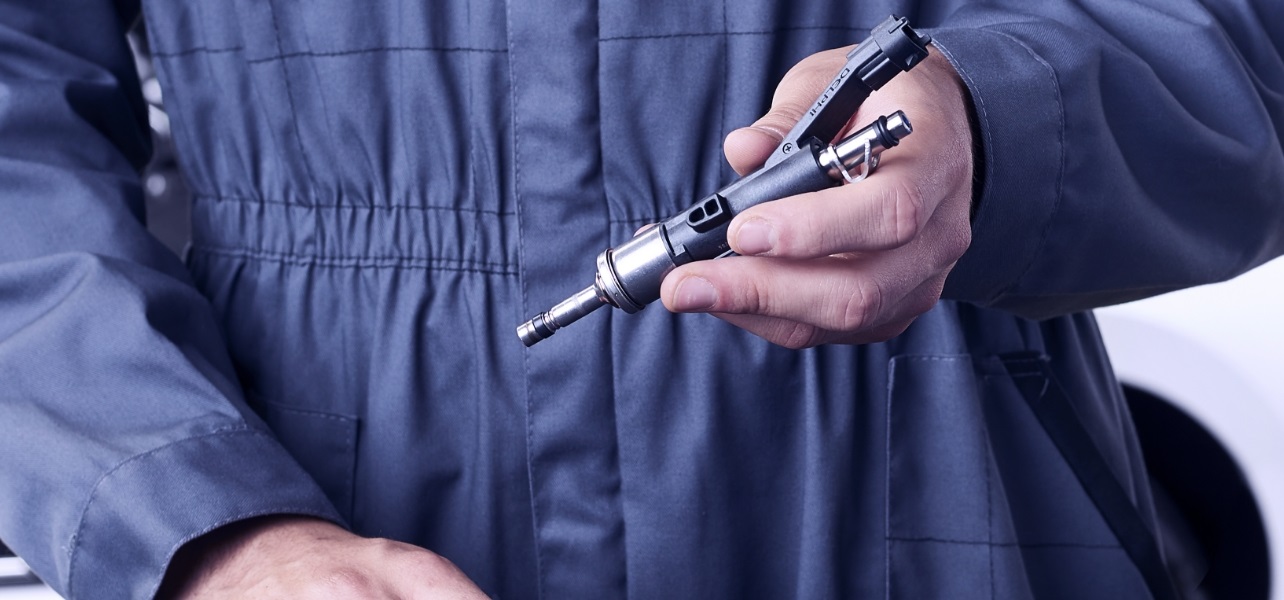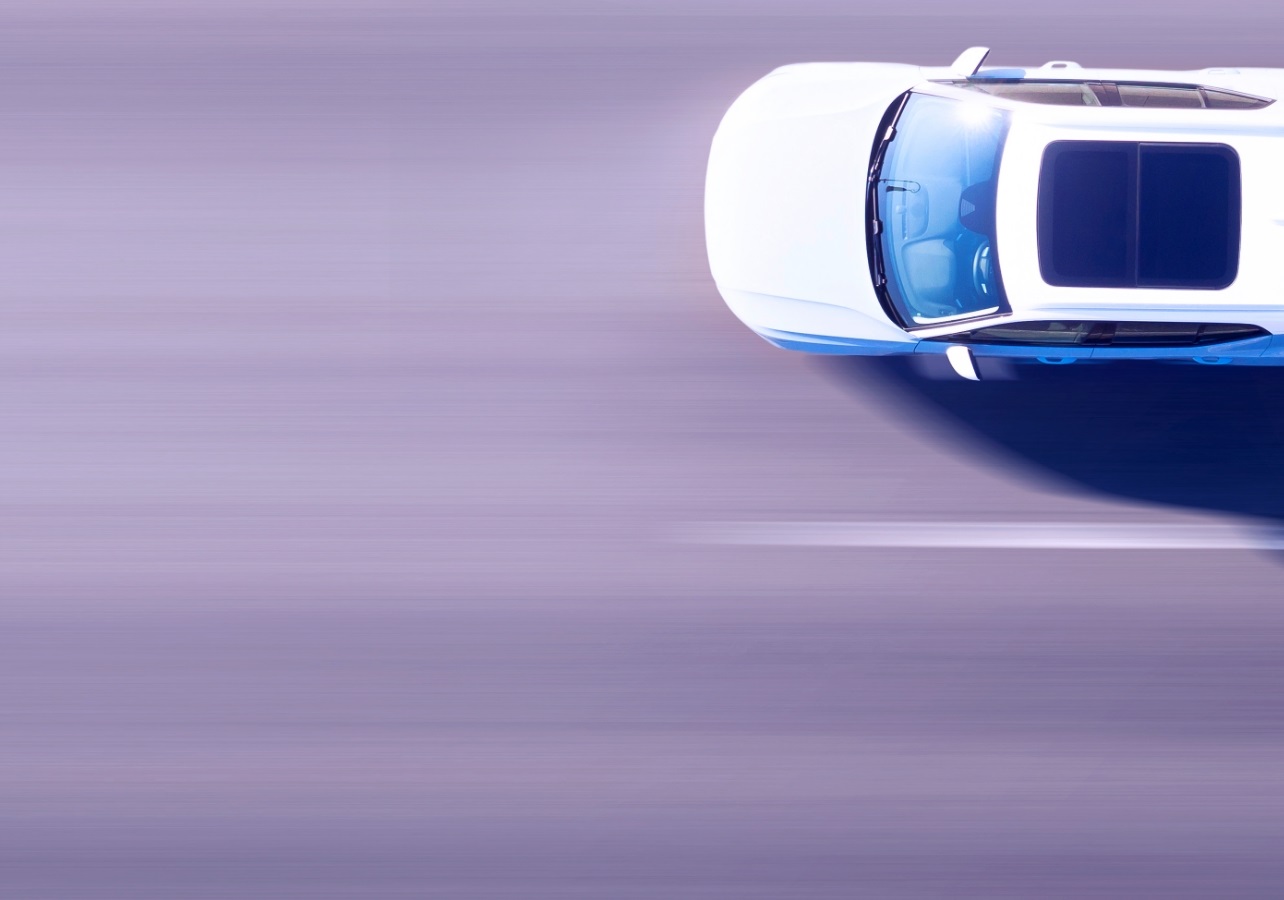Resource Highlights
Can new brake discs be supplied warped?
Modern manufacturing processes and materials make warped discs out of the box extremely rare. If there is braking vibration or other symptoms, this could be caused by Disc Thickness Variation (DTV) or runout.
What is Disc Thickness Variation (DTV)?
Both the front and rear face of the brake disc should be flat and be in parallel with one another. Nothing is perfect, but they should be flat within a tight tolerance. If you were to measure around the face of the disc at different points and find that it measures differently in thickness (meaning that it’s not perfectly flat and not parallel), that is DTV. Manufacturers will stipulate varying tolerances for this in the vehicle handbook. A high DTV measurement could cause a common misdiagnosis of a warped disc.
How do you measure DTV?
Use a vernier caliper to measure the thickness between the front and rear faces of the disc in different areas. If there are any differences in the thicknesses, this is Disc Thickness Variation (DTV).
What is the difference between DTV and a warped brake disc?
Whereas Disc Thickness Variation (DTV) is caused by the disc wearing unevenly (causing the faces of the disc to no longer be parallel with one another), a warped disc is a distortion within the uniform thickness of the disc surface.
What is the difference between DTV and runout?
DTV is when the faces of the brake disc are not flat. Runout is a measure of how off-centre a brake rotor is as it rotates around the hub. If the hubs aren’t clean from dirt or debris, then this can cause runout and braking vibration. If they are clean, then the bearings or hub may be faulty.
How do I carry out a disc runout check?
SIGN UP TO FIND MORE
Fill up your details to hear more from our experts and get the latest updates from Delphi.



